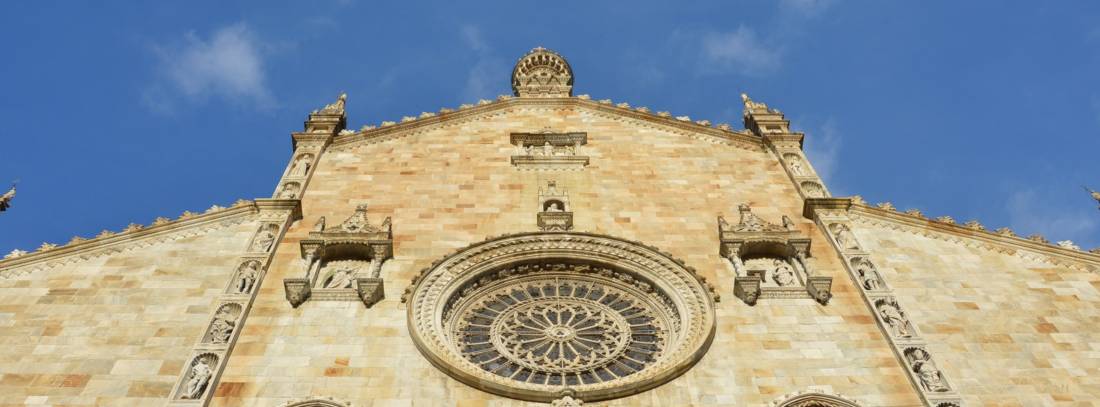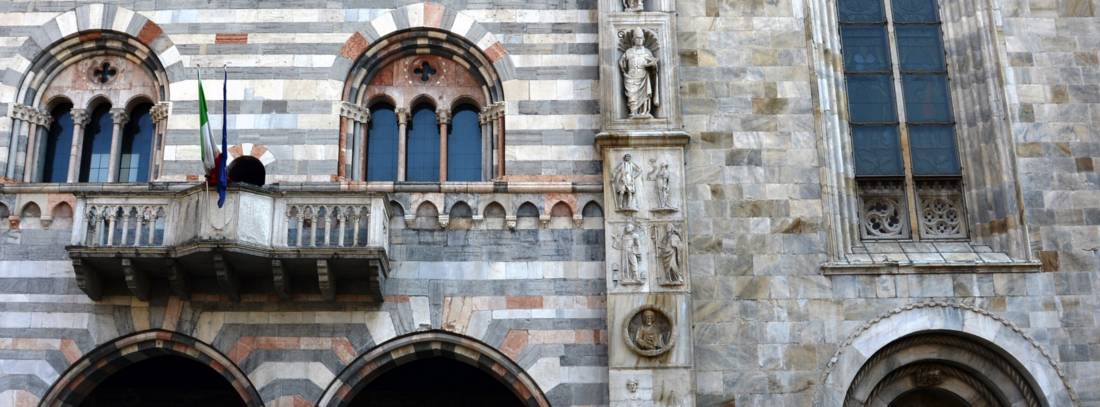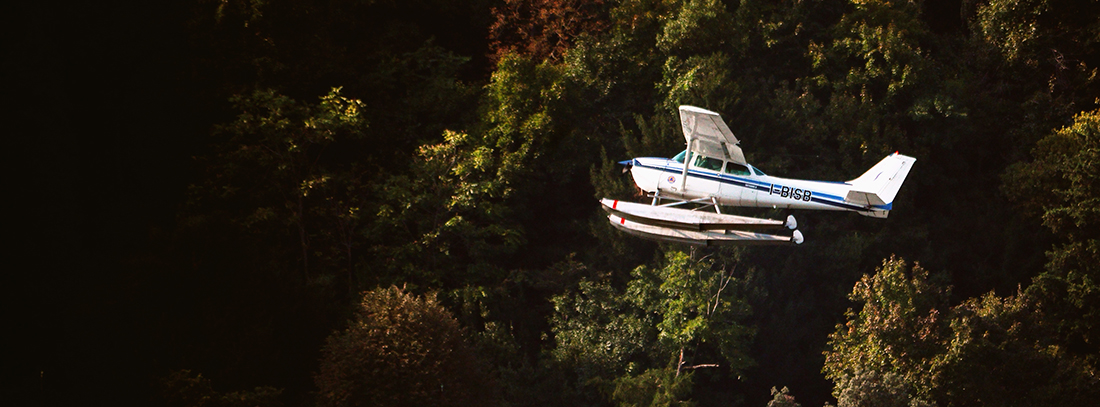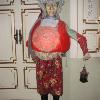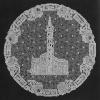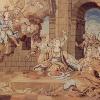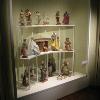The Ethnographic Section
Objects of an ethnographic type, testimonies of local culture at various levels, appear in the catalogs of the Museum since the beginning.
The setting up of the Risorgimento section in 1932, in the rooms on the main floor of the building overlooking the square, was followed by the setting up of the other rooms on the same floor of the building, for the most part overlooking the large courtyard and porch.
The section found an organic arrangement only in 1968; the setup of that time is still largely that of today
.
The route starts from the "Sala Duomo", dominated by plaster casts of the statues of Pliny the Elder and Pliny the Younger, the original are placed on the facade of the Cathedral, built around 1911 by the architect. Federico Frigerio. This hall and the next one, Sala Rovelli, are currently used for temporary exhibitions.
The Sala Manzi preserves evidence relating to the seventeenth-nineteenth centuries, with particular regard to clothing, both nobles and commoners.
The Sala Olginati, or Sala Verde ("green room"), named for its predominant color, is a nineteenth-century sitting room that belonged to the ancient owners of the building, it includes porcelain ornaments and family paintings. The unchanged nineteenth-century frescoes have come to light during the restoration of the ceiling in the 1960s.
Sala De Orchi collects heterogeneous materials, mostly accessories related to clothing, from the XVII-XIX centuries.
The Sala Masier or Sala Rossa ("red room"), so named for its predominant color, presents a remarkable wall decoration completely rediscovered during the restoration of the hall in the 60s.
Two rooms, off route, host lace and embroidery, with works from the seventeenth to the nineteenth century, and a remarkable 18th century Neapolitan crib.

